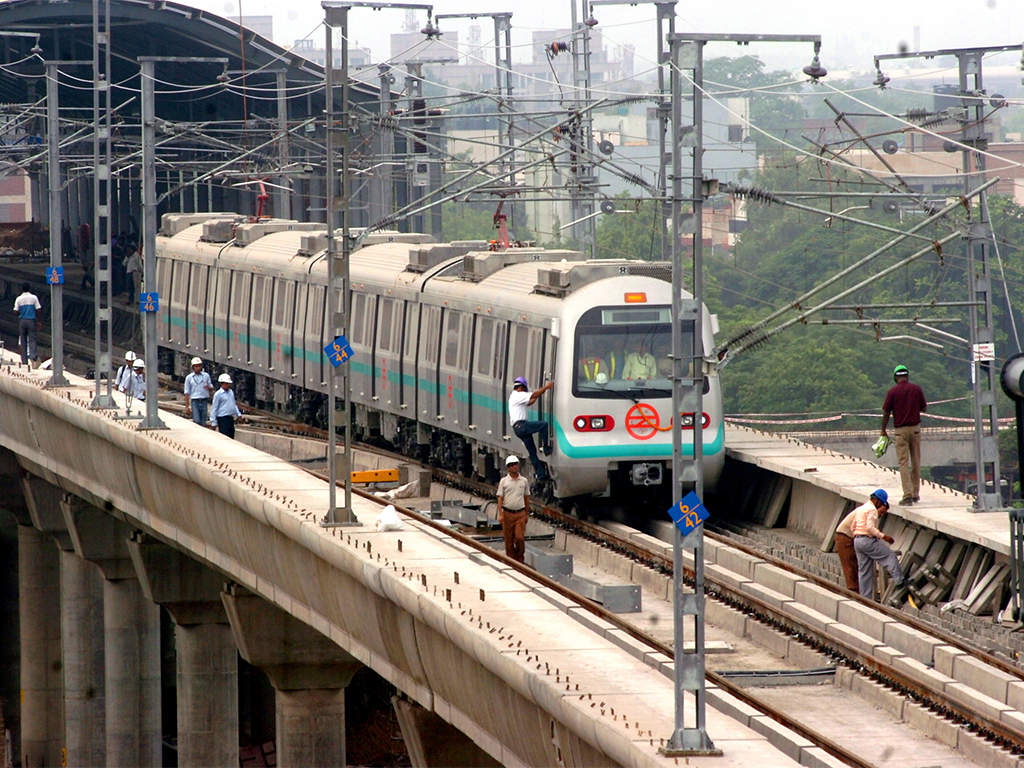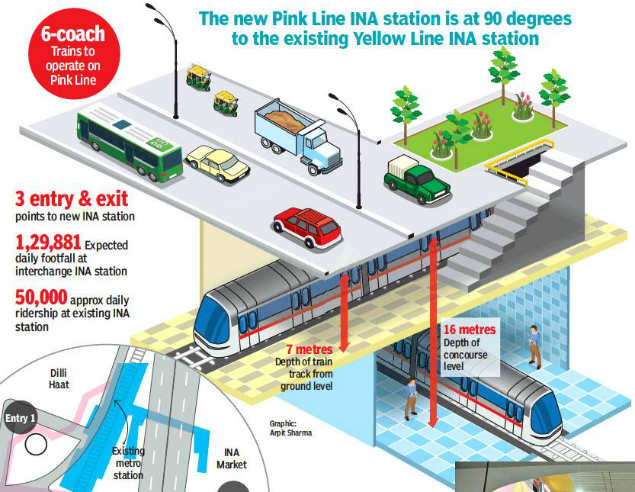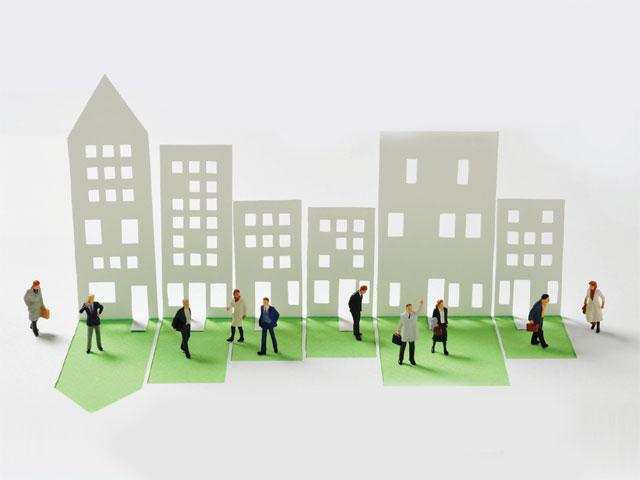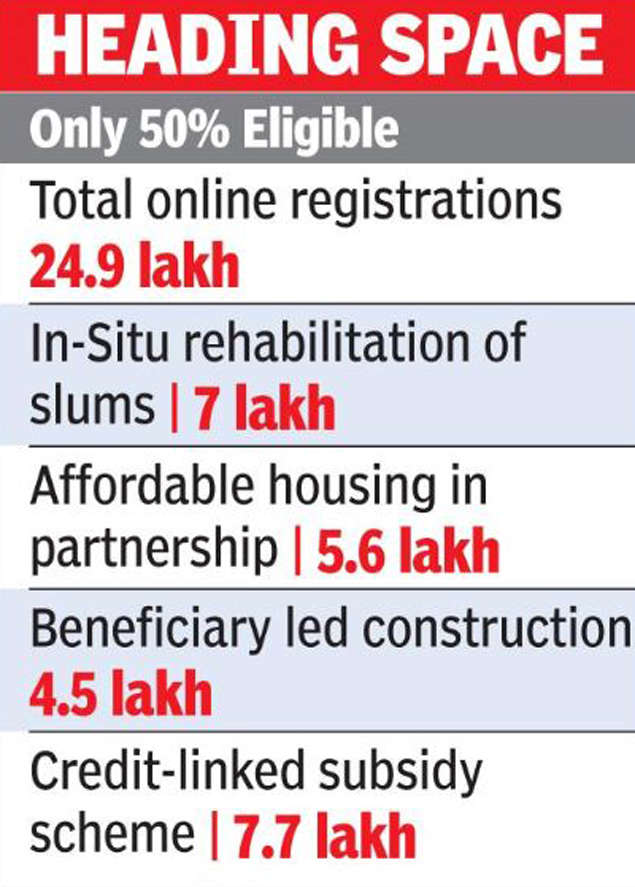NEW DELHI: New alignment for the greenfield Delhi-Mumbai express highway is likely to reduce land acquisition cost by up to Rs 20,000 crore as the highway will travel through backward and undeveloped areas, Union Minister
Nitin Gadkari said in Tuesday.
 |
| Add caption |
The proposed project will also cut travel distance between the two metros by 125 km.
The minister said as compared to land acquisition cost of Rs 7 crore per hectare for the existing highway between Delhi and Mumbai, the new alignment will see land acquisition cost to reduce to Rs 70 to 80 lakh per hectare.
The government has planned to build a new express highway connecting Delhi and Mumbai on a new alignment at a cost of Rs 1 lakh crore.
"Land acquisition for the new Delhi-Mumbai express highway will cost Rs 16,000 crore to Rs 20,000 crore less. The new alignment will be from Ring Road of Delhi to Jaipur to Alwar from where it will reach Sawai Madhopur to Mumbai via Vadodara," the Road Transport & Highways minister said on the sidelines of an event here.
Addressing an event by Transport Corporation of India (TCI) for the launch of "Insurance Requirements of the Indian Logistics & Warehousing industry and their Customers," Gadkari said not only travel distance between both the metropolises will reduce by 125 km after this new express highway but one can reach Mumbai from Delhi in 11 hours on car.
He said the Vadodara to Mumbai part will be built at a cost of Rs 44,000 crore in five packages and work is likely to begin in a month as tenders have been already out.
The minister said the new express highway will result in reduction of the logistics cost and will develop the socially backward areas in Rajasthan, Gujarat, Haryana, Maharashtra and Madhya Pradesh.
The government has plans to build
Chambal expressway that would be connected to the
Delhi-Mumbai expressway and will benefit states like Madhya Pradesh and Rajasthan, he added.
"The new alignment of the highway which we made goes from backward areas of Rajasthan and Madhya Pradesh, Gujarat, Haryana as well. All backward areas of the four states will develop industrially. There will be poverty alleviation," the minister said.
About logistics, he said the trucks will be able to move faster on the new express highway which will be access-controlled.
"Our problem is our trucks run 200 to 250 km a day. In the US it is 700 to 800 km. Trucks will take 40 per cent time as compared to the existing time, the minister said.
On insurance requirements of the logistics and warehousing industry, Gadkari made it clear that insurance can not be made mandatory and it is up to consumers to decide.
"It is the duty of insurance companies to convince consumers," he said.
TCI and Insurance Institute of India has released a joint report on the insurance requirements of India's logistics and warehousing sector.
Exploratory study recommended mandatory insurance of cargo by shipper & a comprehensive risk management policy for logistics service providers.
The study by TCI, a multi modal integrated logistics provider was conducted jointly with the Insurance Institute of India (III).
The joint exploratory study found that Logistics Service Providers (LSPs) continue to be highly vulnerable due to the often unfair allocation of risk between them and shippers.
The study also suggested that the sector build internal capacity to understand insurance needs, evaluate its own risk capacity, and make informed decisions with respect to insurance purchases in the future.
"Unlike developed economies, all goods being transported are not insured. In fact, LSPs and Warehouse Service Providers (WSPs), and Transporters end up taking insurance on behalf of their customers for 'direct cash debits' for significantly high amounts.
"This is a huge cost and the risk impact is not only on large organised players but on the small transporters it is an unbearable risk," Vineet Agarwal, MD-TCI Group said.
 PUNE: The department of registration and stamps has started implementing the reduced stamp duty of Rs 1,000 for affordable housing projects in the state.
PUNE: The department of registration and stamps has started implementing the reduced stamp duty of Rs 1,000 for affordable housing projects in the state.






